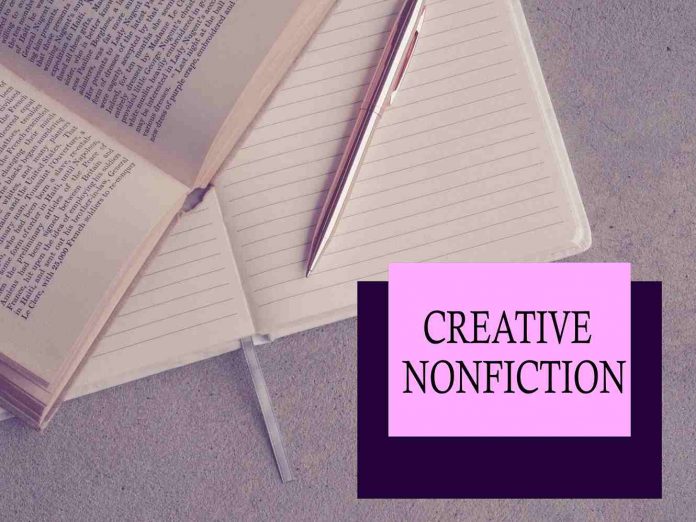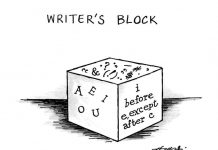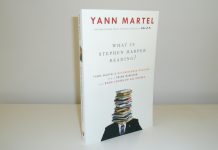For people who are starting to write, most of the writing genres and sub-genres require no explanation: novels (thrillers, romances, science fiction, children’s writing), poetry (modern, haiku, ballads, limericks), short story writing, and non-fiction (articles, essays, journalism).

But the off-shoot of non-fiction, known as Creative Non Fiction can be a confusing term for beginners.
What Types of Writing Does Creative Non-Fiction Encompass?
- Literary Journalism
- Literary Non-Fiction
- Imaginative Non-Fiction
- Personal Essay
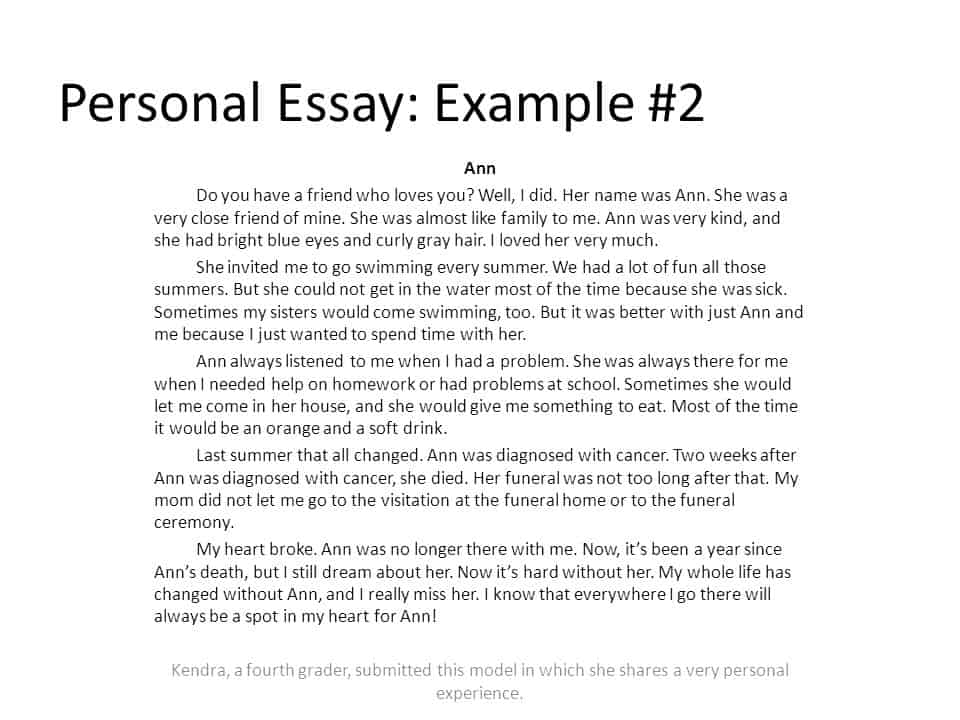
- Personal Narrative
- Literary Memoir
- Nature Writing
- Travel Writing
- Food Writing

- Journaling
- Letter-Writing
- … and in the age of the internet, even Blogs!

Simply put, it can encompass any piece of writing which takes facts (i.e. non-fiction) and presents them in a fashion which brings the subject to life for a reader (i.e. using the techniques of creative writing).
To understand better, perhaps it is useful to consider exactly what non-fiction writing is, and then consider how adding the creative part to it makes it different.
Non-Fiction Writing
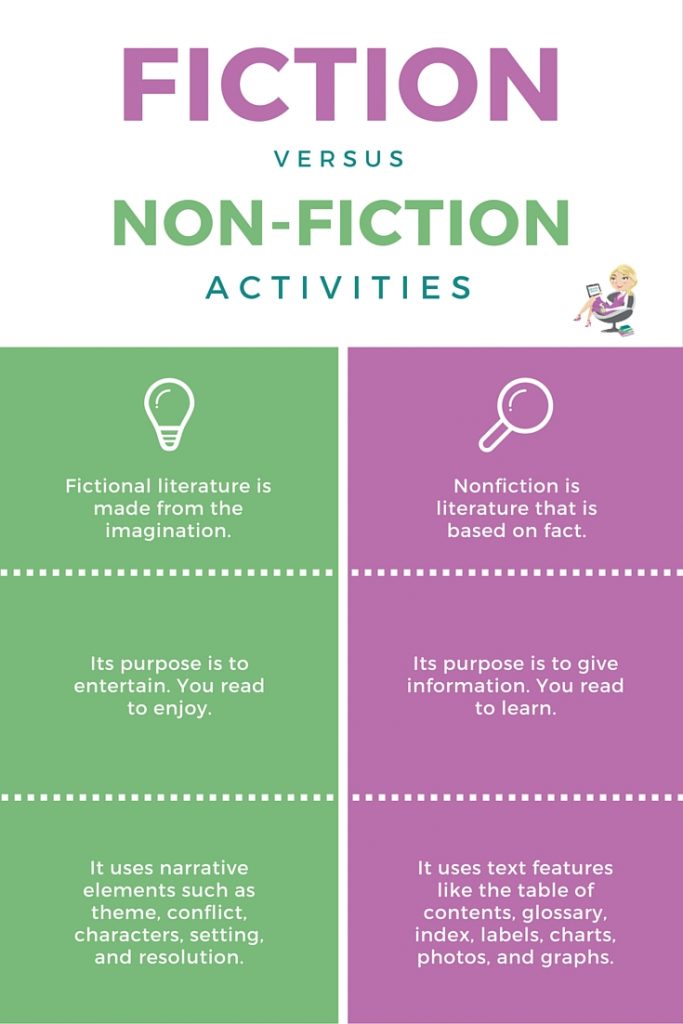
Non-Fiction writing includes essays, journalism, ‘how-to’ books or articles, scholarly writing, in other words, it is writing which reports, analyzes, informs or instructs. It may contain the author’s personal opinions, but its main purpose is to deliver information, and the style will lack emotion or subjectivity.
What Makes Creative Non-Fiction Writing Different from Other Non-Fiction Writing?
When a writer embarks on a piece of creative non-fiction, any subject might be tackled – even the same subjects about which essayists or journalists might write – but the approach to writing the piece will be different.

In creative writing, or fiction, the writer seeks to engage the reader and move the reader; creative writing conjures vivid pictures and draws the reader in, using language that is emotive and dramatic. The aims of a Creative Non-Fiction writer are the same.
In other words, Creative Non-Fiction uses the techniques of a creative writer to convey information about real subjects and bring those subjects to life.
The elements of Creative Writing that a writer employs are:
- Dramatic Story or Plot Shape
- Vivid Scene Setting
- Rich Character Development
- Descriptive and Emotive Language
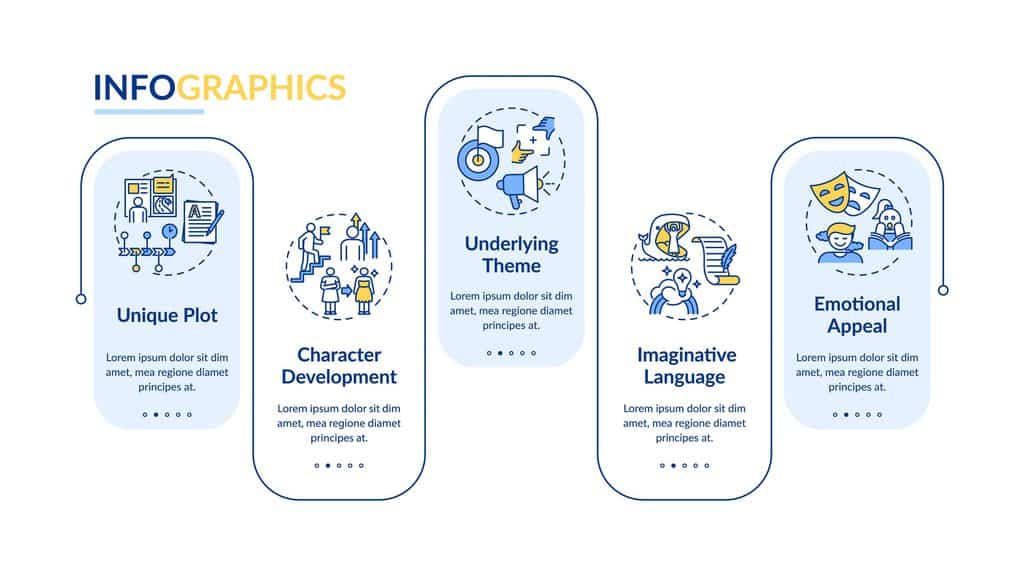
First Person
The voice of the writer is an important component in Creative Non-Fiction writing. The use of the first person “I” is always either explicitly used, or implicit in the perspective. The writer uses their personal feelings and opinions, their memories and experiences, and their observations, to paint a picture which will not only inform the reader, but move the reader in some way.
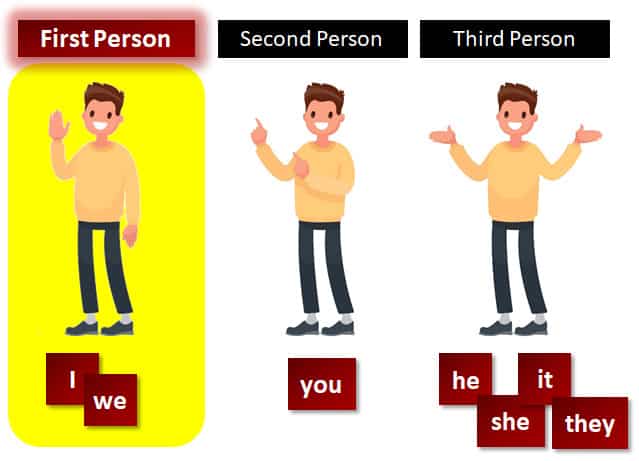
Examples of Creative Non-Fiction Books:
Death in The Afternoon by Ernest Hemingway
A Moveable Feast by Ernest Hemingway
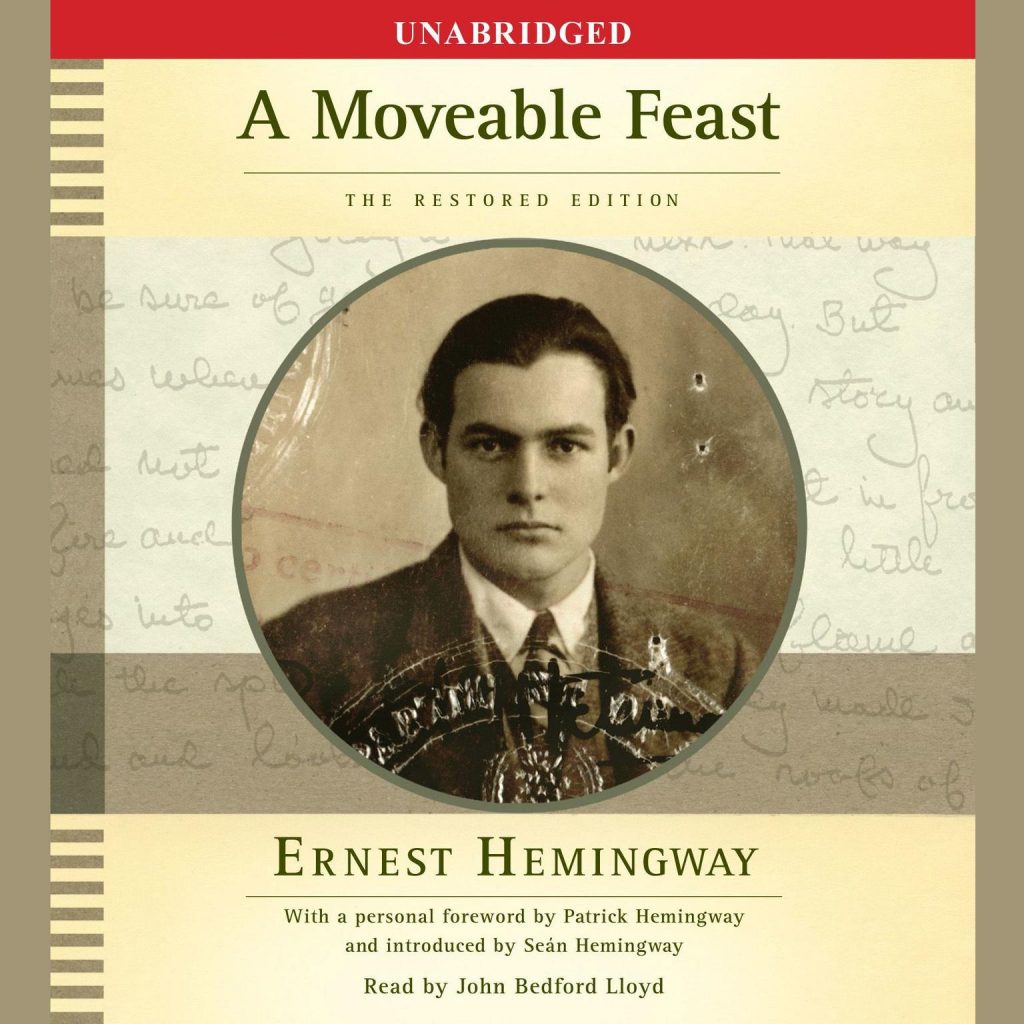
Down and Out in Paris and London by George Orwell
The Right Stuff by Tom Wolfe
Notes of a Native Son by John Baldwin


